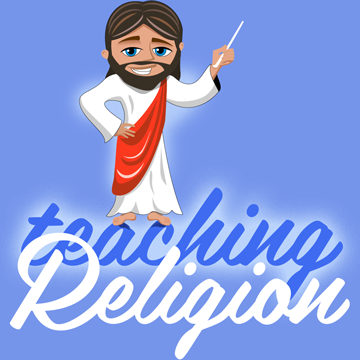 As you read through this list of classroom teaching methods, you may recognize some that you use often. But have you named them? Naming elevates awareness of what you are doing. You begin to study your actions. You wonder: “when do I use these teaching methods? How well do they work?”
As you read through this list of classroom teaching methods, you may recognize some that you use often. But have you named them? Naming elevates awareness of what you are doing. You begin to study your actions. You wonder: “when do I use these teaching methods? How well do they work?”
As we explore each of these methods in detail, you will understand your own methods better and apply them more skillfully. Hopefully, you will add a few more methods to your repertoire. Some of the classroom teaching methods listed here may be new for you. As you learn how and when to use more of them, you will become a better teacher, and your lesson plans will gain more attention from your students. Those who do not like to answer questions may enjoy a story or a film study, while those who like to answer questions may be bored by them.
“Different strokes for different folks” is as true in the classroom as it is in the larger world.
Download PDF Document Download Word Document
1. Arrange for your students to struggle with the material.
- Form into buzz groups.
- Ask questions.
- Dramatize. Ask for illustrations, such as drawing or role-playing. (demonstration lesson)
2. Choose the best teaching method for each subject.
3. Conclude the lesson. Summarize the meaning of the lesson.
4. Educate your students’ emotions.
5. Provide sensory experiences: visual, auditory, or touch.
6. Ask students to find synonyms for unusual words.
7. Guide your students’ imagination.
8. Lecture.
9. Invite discussion.
10. Refocus attention periodically.
11. Show a relevant excerpt from a popular film.
12. Transition smoothly from one part of the lesson to the next part.
13. Use exciting words and imagery.
14. Provide historical context.
15. Use mood control techniques. Meditation, or a sing-along, for example.
16. Use storytelling techniques. Cast the lesson as a drama using all eight Elements of A Scene.
- Describe the place.
- Name the hero.
- Tag the hero (clothing, attitude, etc.)
- Start the action. Use dialog.
- Introduce a villain or an opposing force.
- Establish conflict. Use dialog.
- Resolve the conflict.
- Close the scene. Describe how the hero feels about what happened. Or, show what the hero does in response to what happened. (demonstration lesson)
17. Use music appreciation techniques.
- Provide historical context. Tell why the composer wrote the song.
- With regard to the lyrics, identify the speaker(s). Who is speaking to whom? Monolog? Dialog? Clarify unfamiliar words.
- Explain how the musical notes express the emotion(s) of the song. (demonstration lesson)
18. Use a classroom meditation
